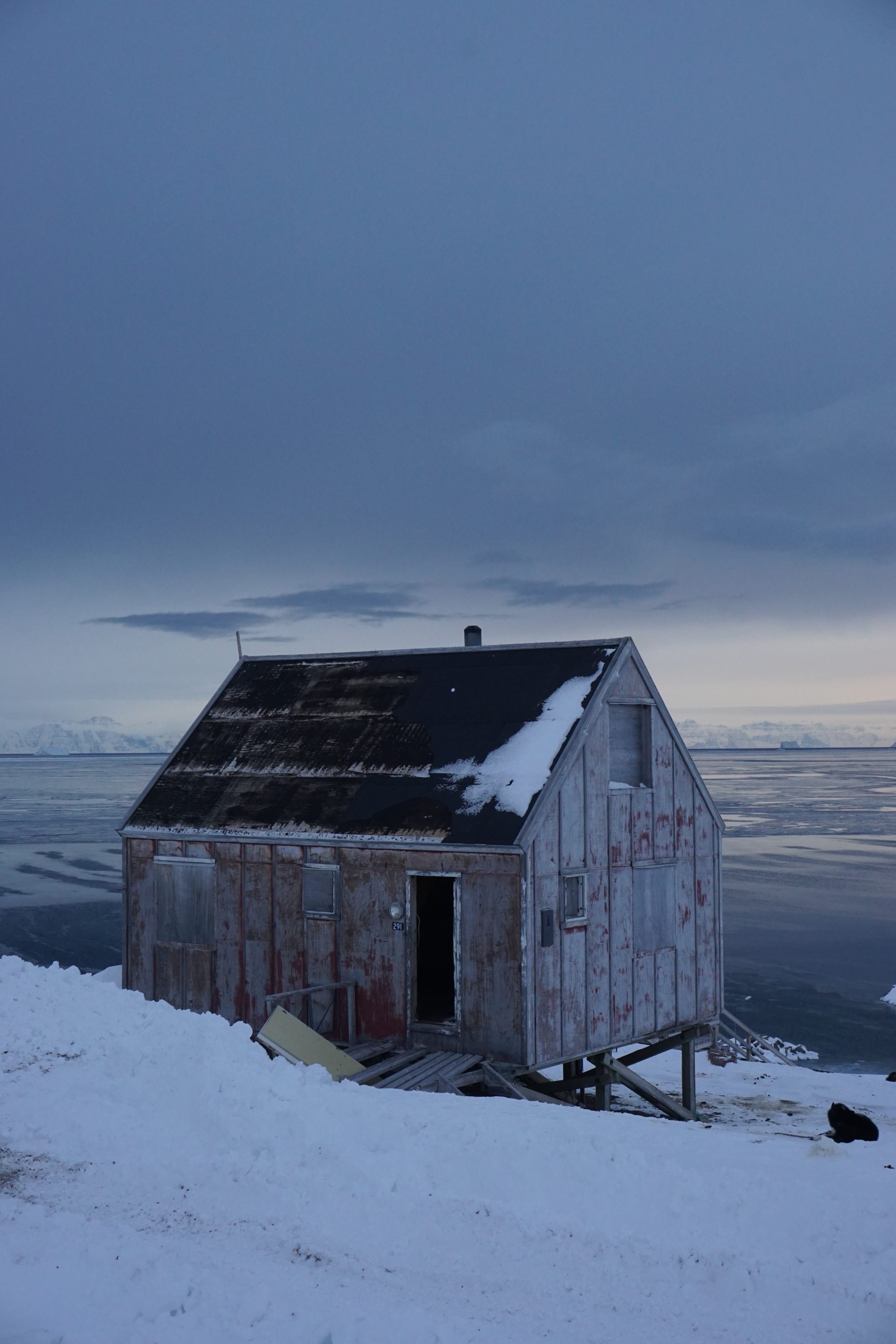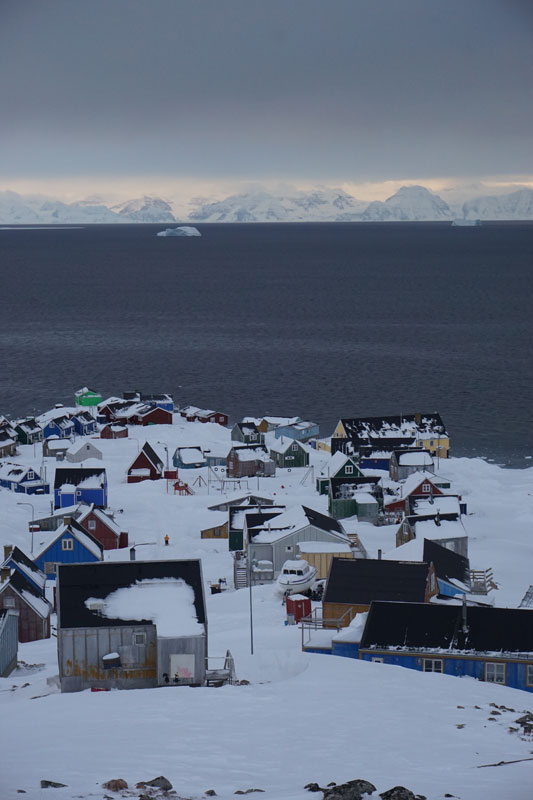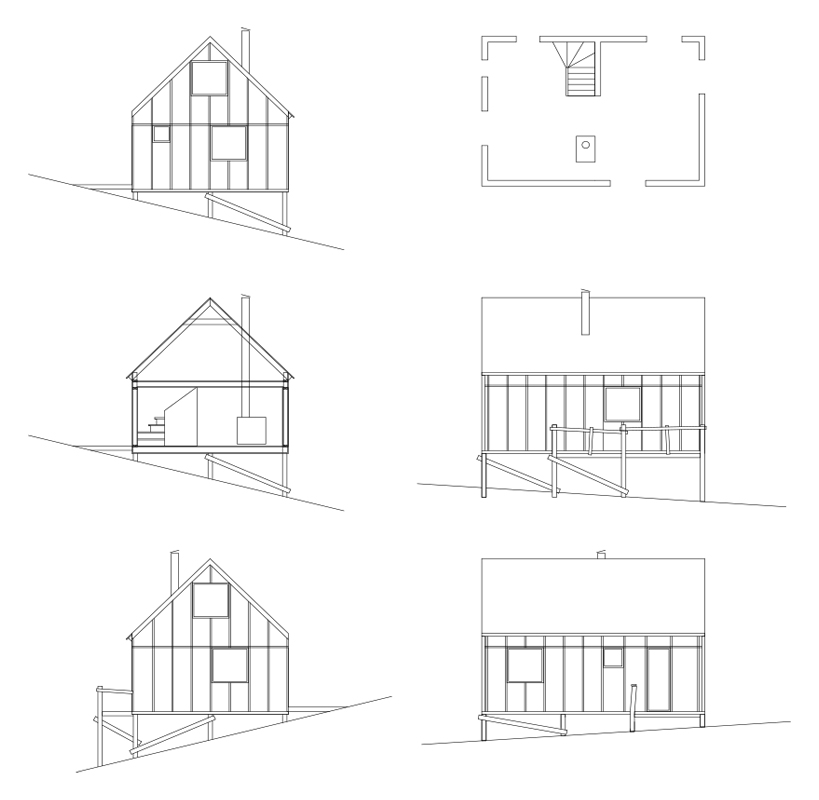ITTOQQORTOORMIIT . IDDERSUAR ORALUARNGISAANERMI IMALI . HOUSE OF STORYTELLING
In the line of reasoning of anthropologist Arjun Appadurai and his concept of “social imaginary”, -through which he argues that in our globalised world people are constantly negotiating their identity through different agents, globally and locally-, we looked for ways to activate that imaginary, through a workshop.
In this preliminary phase, we designed a space in the library, not to read books in silence, -as was originally asked-, but as a place that ignites and empowers the old hunter stories and other stories, which still simmer in the collective memory and create active links in the personal memory of the children. These stories function as little light bulbs, which bring back a meshwork of stories and connections to their family, this village and the particular natural surroundings they grew up in. These little flickering’s of light can show a way to imagine a balanced identity between the global and the local. This balance is especially essential in anchoring and giving meaning to the personal life in areas of mental distress, through loss of history and cultural connection.
This is only the start of the project, which addressed a direct question from the headmaster. We wish to continue this storytelling project through the designing of different storytelling houses, throughout the village, each addressing another theme related to the creation of a strong and proud identity for the people of Ittoqqortoormiit, who not only saw their culture disappear, but who also witness how their landscape and natural environment is literately melting like snow before the sun.
The abandoned houses scattered all-over town are now an ugly reminder of the fact that the village is somehow diminishing and maybe eventually dying. The boarding up of many houses does not contribute to the image the younger generation wishes to give their children, nor an image they want to distribute towards tourism, as this is for many younger people the only way to an external revenue, and thus a better life.
The abandoned houses add up to the existing image of a town in distress, slowly becoming a ghost town.
So our main question is how can we bring these buildings back to life in a way that they harbour the rich Inuit tradition and rally new perspectives for a sustainable and meaningful community.
VIK architects . TC plus . Hilde Bouchez . BACK architects








